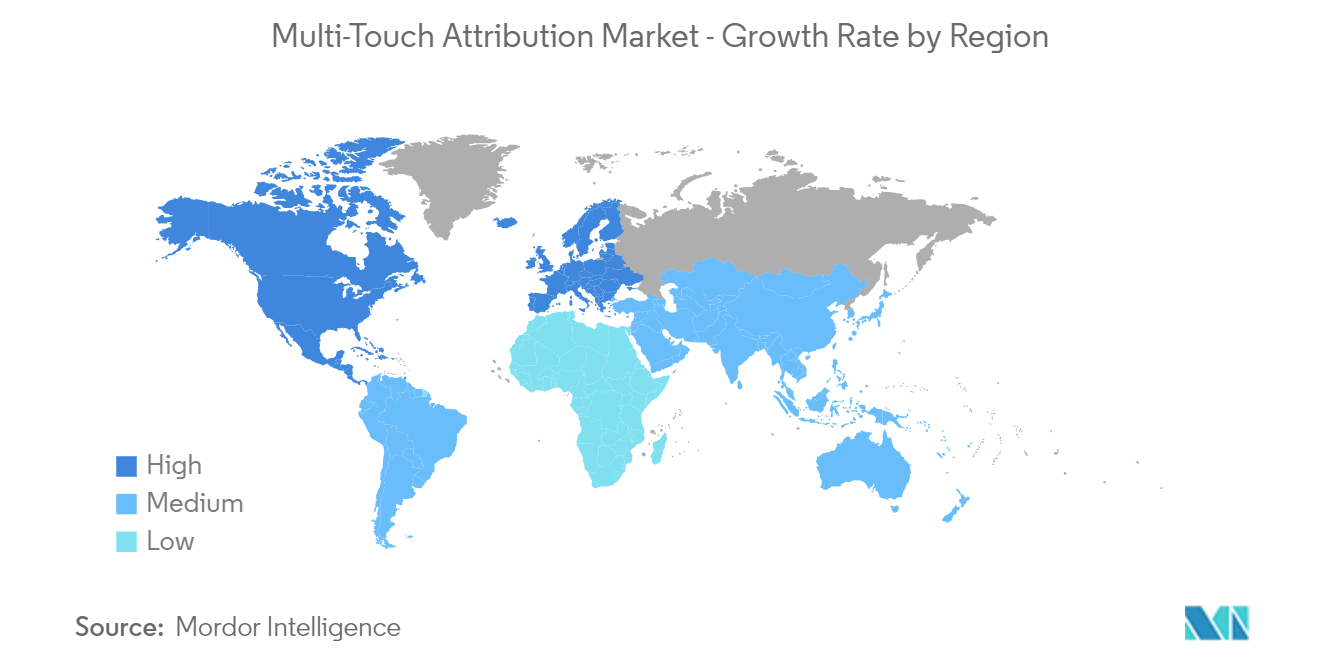Market Trends of Multi-Touch Attribution Industry
Retail & E-commerce Industry Expected to Show Maximum Growth
- The growing digital commerce market and tighter operational budgets are enabling e-commerce players to make smart choices regarding the technologies and solutions to invest in. It would help them maximize their ROI. Retailers must adopt strategic solutions to maximize customer conversion to understand the customers and their needs for convenient and consistent shopping experiences.
- Additionally, a significant portion of the retailers lose over one-third of their investment in trade promotions, primarily due to decision-makers' inability to measure ROI, trade promotion ineffectiveness, and profitably optimize spend by leveraging data. It led to many retailers in the market currently adopting a multi-touch attribution model over a single-touch attribution model. It helps them analyze which touchpoint or marketing channel directly drives customer conversion.
- In March 2023, Lily AI announced the debut of a self-service model of its product attributes platform. This self-service solution gives retailers and brands the flexibility to directly apply increased product attribution throughout their product catalog for use by both merchandising and marketing operations.

North America Expected to Dominate the Market
- North American market is expected to continue to dominate the multi-touch attribution market, as most of the major global vendors are based in the region. The increasing marketing services investment and an enormous social media presence make the region a lucrative hub for the market studied.
- According to the Census Bureau of the Department of Commerce, US retail e-commerce total sales for the fourth quarter of 2022 were estimated at USD 1,785.8 billion. The fourth quarter of 2022 e-commerce estimate increased 6.5% from the fourth quarter of 2021, while total retail sales increased 5.7% in the same period.
- In November 2022, NielsenIQ announced the availability of Omnisales data to its platform users. The new reporting functionality gives emerging and growing (small and mid-sized) companies the information they need to overcome the difficulties of omnichannel habits and purchases.


